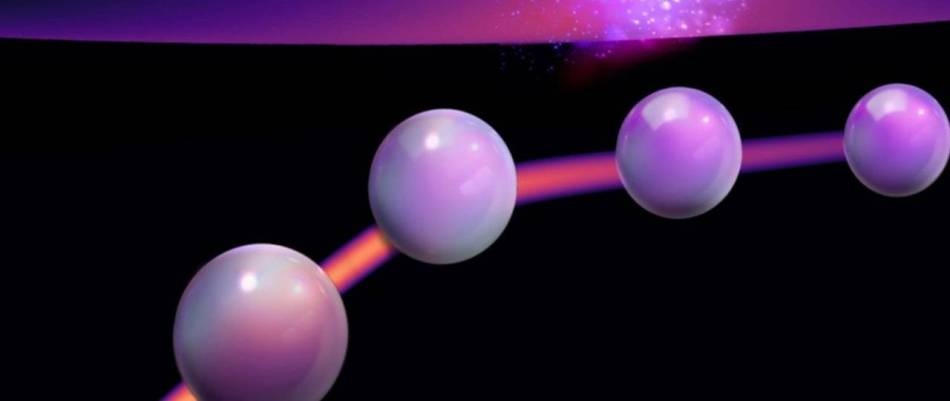Jun 17 2019
Decay is unyielding in the macroscopic realm: shattered objects cannot put themselves back together again. However, other laws are effective in the quantum realm: a new study reveals that so-called quasiparticles can decay and reorganize themselves again and are therefore almost immortal. These are good candidates for the development of strong data memories.

As the adage goes, nothing lasts forever. The laws of physics establish this: on Earth, all processes increase entropy, therefore molecular disorder. For example, a shattered glass would not be able to put itself back together again.
Theoretical physicists at the Technical University of Munich (TUM) and the Max Planck Institute for the Physics of Complex Systems have discovered that things which look unimaginable in the ordinary world are conceivable on a microscopic level.
“Until now, the assumption was that quasiparticles in interacting quantum systems decay after a certain time. We now know that the opposite is the case: strong interactions can even stop decay entirely,” explains Frank Pollmann, Professor for Theoretical Solid-State Physics at the TUM. Collective lattice vibrations in crystals, so-called phonons, are one instance of such quasiparticles.
The concept of quasiparticles was thought up by the physicist and Nobel Prize winner Lev Davidovich Landau. He used it to define collective states of plenty of particles or rather their interactions because of magnetic or electrical forces. Because of this interaction, a number of particles behave like one single one.
Numeric methods open up new perspectives
Up until now, it wasn't known in detail which processes influence the fate of these quasiparticles in interacting systems. It is only now that we possess numerical methods with which we can calculate complex interactions as well as computers with a performance which is high enough to solve these equations.
Frank Pollmann, Professor for Theoretical Solid-State Physics, TUM
“The result of the elaborate simulation: admittedly, quasiparticles do decay, however new, identical particle entities emerge from the debris,” says the lead author, Ruben Verresen. “If this decay proceeds very quickly, an inverse reaction will occur after a certain time and the debris will converge again. This process can recur endlessly and a sustained oscillation between decay and rebirth emerges.”
From a physical standpoint, this oscillation is a wavet that is changed into matter, which is feasible according to quantum mechanical wave-particle duality. Thus, the immortal quasiparticles do not disobey the second law of thermodynamics. Their entropy stays constant, decay has been arrested.
The reality check
The discovery also explains occurrences which were mysterious until now. Experimental physicists had computed that the magnetic compound Ba3CoSB2O9 is amazingly stable. Magnetic quasiparticles and magnons are accountable for it. Other quasiparticles and rotons guarantee that helium, which is a gas on the surface of the earth, turns into a liquid at absolute zero and can flow unhindered.
“Our work is purely basic research,” stresses Pollmann. However, it is truly possible that the results may soon even facilitate applications, for example, the creation of durable data memories for future quantum computers.